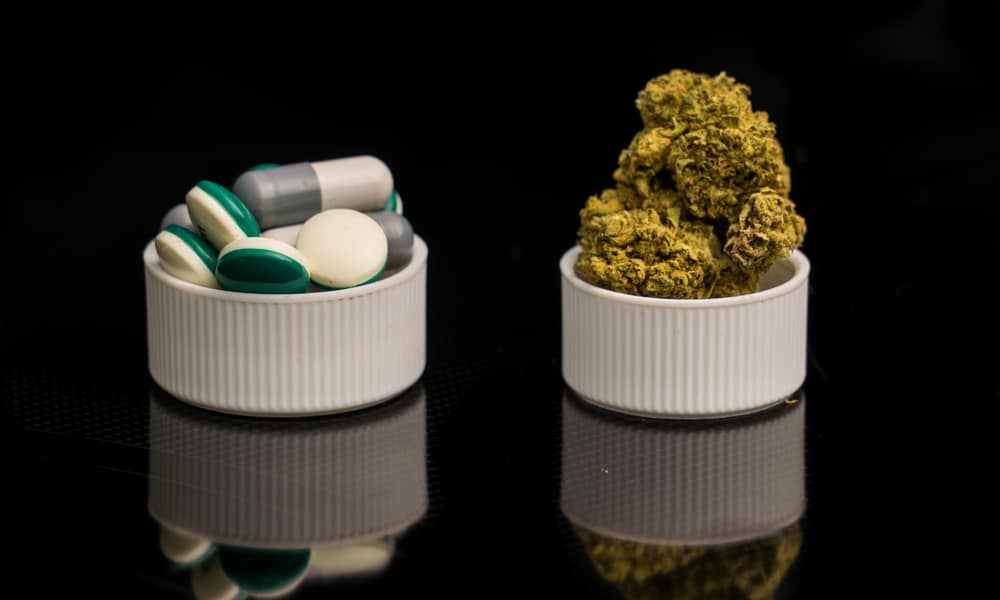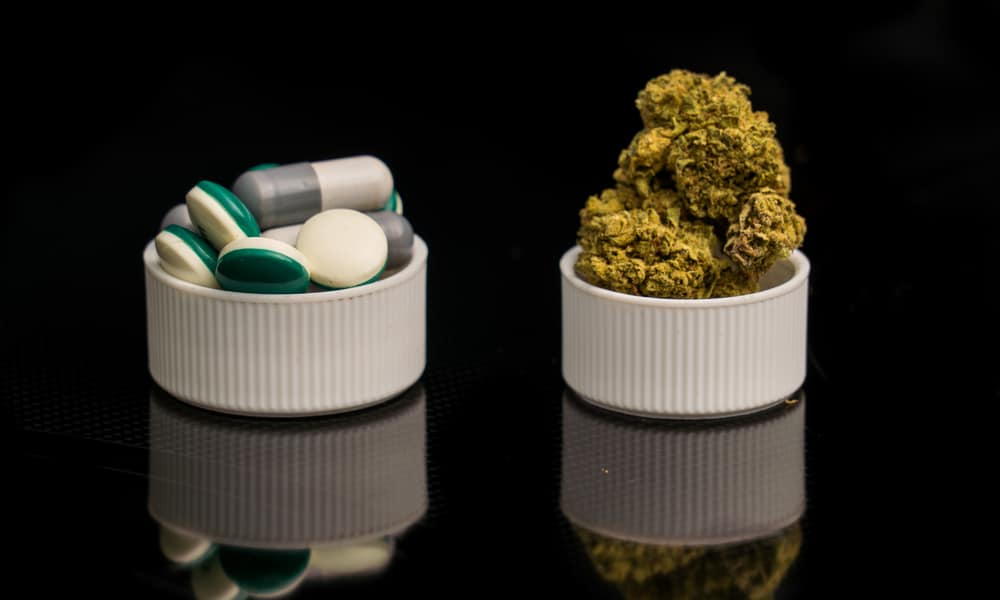
After two decades of going all-in on opioids, the medical community is now desperately searching for ways to de-escalate their use. What a powerful cabal of pharmaceutical manufacturers convinced doctors was a panacea to cure chronic pain and ease suffering has revealed itself to be the agent of a suffering of another sort: the nationwide devastation and death wrought by an opioid epidemic that killed 47,600 people in the US in 2017 alone.
And so the medical community is on a quest for alternatives, and cannabis continues to demonstrate its potential to be one. In fact, according to an important new study just out in Preventive Medicine, medical marijuana legalization is already helping to reduce opioid prescription rates. And that’s even without the wider medical community accepting it as a non-opioid painkiller alternative. In other words, researchers in Texas found, making medical cannabis legal seems to lower the number of patients prescribed opioids.
Researchers Find Significant Interactions Between Age, Cannabis Laws and Opioid Prescriptions
A just-published study, titled “Association between cannabis laws and opioid prescriptions among privately insured adults in the US,” analyzed how different cannabis laws influenced the rate of opioid prescriptions among adults from different age groups in 2016. Let’s break down its methods and its findings.
Researchers examined the relationships between a few different variables. First, age, breaking it up into five groups, 18-25, 26-35, 36-45, 46-55, and 56-64 years. Second, changes in state cannabis law, whether decriminalization, medical legalization, or adult-use legalization. And third, the pattern and rate of opioid prescriptions, broken down into greater than 30-day and greater than 90-day prescriptions.
Examining how those three variables interact with each other, researchers made some important findings. Overall, they noticed “a significant interaction between age and cannabis law on opioid prescriptions.” But those interactions changed depending on age and the type of cannabis law.
For the oldest age group, 56-64, researchers found no significant interactions between age, marijuana law and opioid prescriptions. But for everyone else aged 18-55, researchers say the interactions were significant. According to their results, those age groups showed lower opioid prescription rates, but only in states with medical cannabis laws.
In short, patients aged 18-55 were prescribed fewer and shorter opioid prescriptions in states with legal medical marijuana.
When it comes to other categories of cannabis law, such as adult use and decriminalization, however, researchers did not find any significant reduction in opioid prescriptions among any of the age groups. It was just in medical marijuana-only states that researchers observed the decrease in opioid prescriptions.
Bad Science Clouds Study’s Conclusions
So, medical marijuana legalization can help reduce patients’ opioid use, at least for those aged 18-55. It’s a finding that resonates with similar studies that have looked at the relationships between cannabis legalization and opioid use.
In 2015, for example, researchers found that states with legal access to dispensaries experienced a decrease in opioid-related overdose deaths. Then, in 2018, another study found an association between the implementation of medical cannabis laws and lower rates of opioid prescription among Medicaid recipients. That same year, another study found that among Medicare recipients aged 65 and above, opioid prescriptions also decreased where medical cannabis laws were in effect.
The present study, however, attempts to tease out how those associations play out among different age groups of people who have private medical insurance. And that raises a few interesting questions. Previous studies found a reduction in opioid prescriptions among seniors where medical marijuana was available. This study did not see a similar reduction among its oldest cohort, aged 56-64. Why the difference? Are doctors quicker to prescribe dangerous opioids to patients on Medicare and/or Medicaid than they are to those with private insurance?
We Need More Studies on Cannabis as Opioid Replacement
In short, there are a ton of socio-economic factors at play here, in addition to the medical variables. And for that reason, the authors of the present study caution against viewing the correlation their data shows as causation.
They also caution against the “potential dangers related to careless substitution of cannabis for opioids.” And to back up that claim, they cite the controversial and often-rebuked studies that say cannabis use can cause psychosis or act as a “reverse gateway” to addictive drug abuse.
Still, this study’s data, regardless of the views of its authors, merits further and deeper investigation. If cannabis can be a safe alternative to addictive and harmful opioid painkillers, it stands to save tens of thousands of lives.















